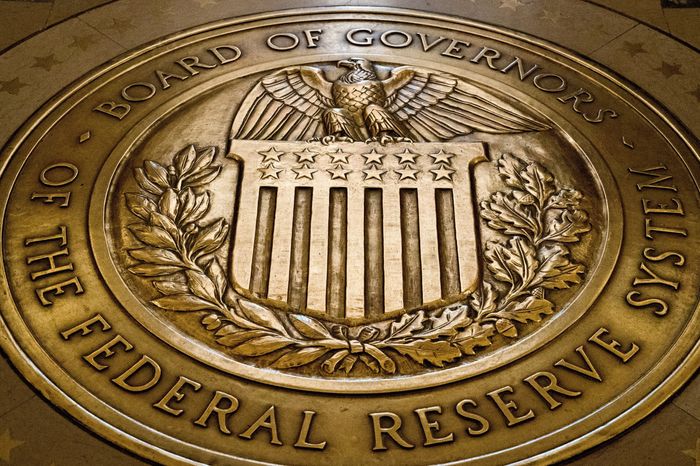Fed cites ‘tighter financial and credit conditions’ that are likely to weigh on ‘strong’ economy.
The Federal Reserve on Wednesday held interest rates steady while keeping the door open for a hike down the road.
The decision to hold rates steady in a range of 5.25%-5.5% was unanimous.
In their policy statement, the Fed it would take into account a wide array of data “in determining the extent of additional policy firming that may be appropriate to return inflation to 2% over time.”
The Fed noted that the economy had expanded at a “strong pace in the third quarter.” Officials also said inflation remains elevated.
After raising interest rates steadily since March 2022, the Fed has only hiked by 25 basis points since June, a sign officials are growing wary of overtightening unnecessarily.
The decision to hold rates steady had been widely expected.
In their recent speeches, a growing number of Fed officials said the focus on further rate hikes was misplaced and instead stressed the need of maintaining peak rates for longer as the best way to keep downward pressure on inflation.
The U.S. economy grew at a robust 4.9% rate in the third quarter and job gains have been remarkable. Despite the recent data, Fed officials have said they expect to see the economy slow in the near-term. In their statement, officials said that “tighter financial and credit conditions for households and businesses are likely to weigh on economic activity, hiring, and inflation.”
This is a slight edit from the prior Fed statement that only referenced credit conditions.
This is likely a reference to the run-up in long-term bond yields BX:TMUBMUSD10Y that some of the central bankers say might be a substitute for further benchmark interest rate hikes.
Economists are divided about the outlook for the economy and interest rate policy. Everyone agrees on the high level of uncertainty.
Some economists think that the Fed will not raise rates again in the current business cycle. They see inflation continuing to fall towards the Fed’s 2% target while the unemployment rate stays relatively steady.
On the other hand, some economists worry there is a risk of a possible resurgence of inflation and think the Fed would be wise to hike rates again as insurance. Others worry the Fed will have to hike more than once to slow the economy.
The Fed has penciled in one more rate hike as likely, and thought the move would happen this year. Traders in derivative markets see a 20% chance of a move. Some see a better chance at the Fed’s January meeting. The Fed expects to lower rates by 50 basis points over next year.
The uncertainty over the outlook will be acutely felt at the Biden White House, which is watching the economy closely ahead of the presidential election one year away.















